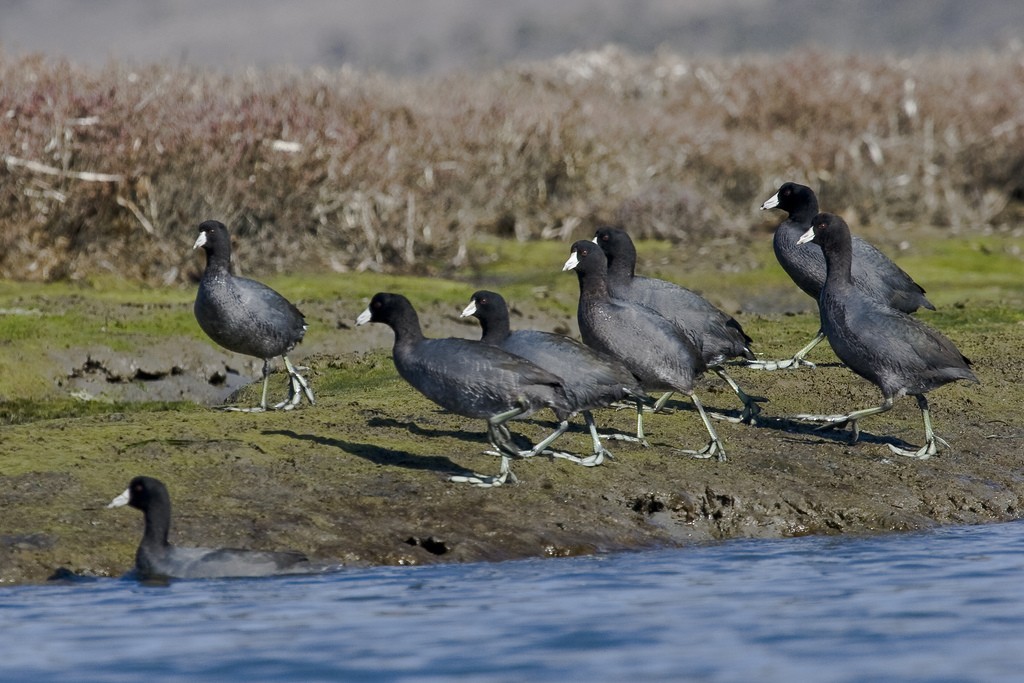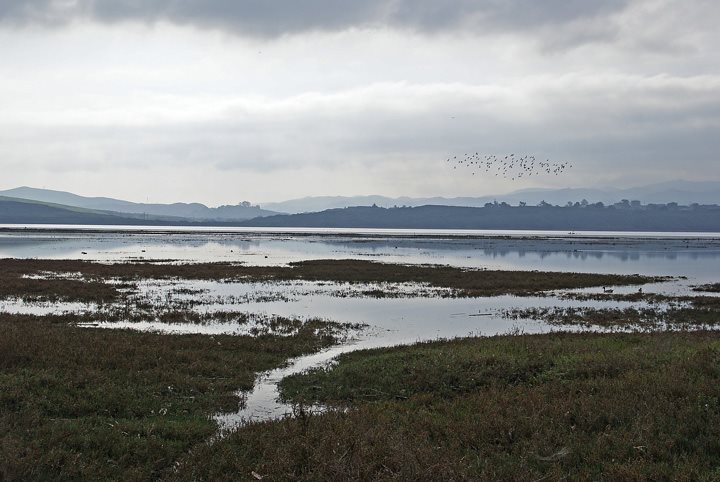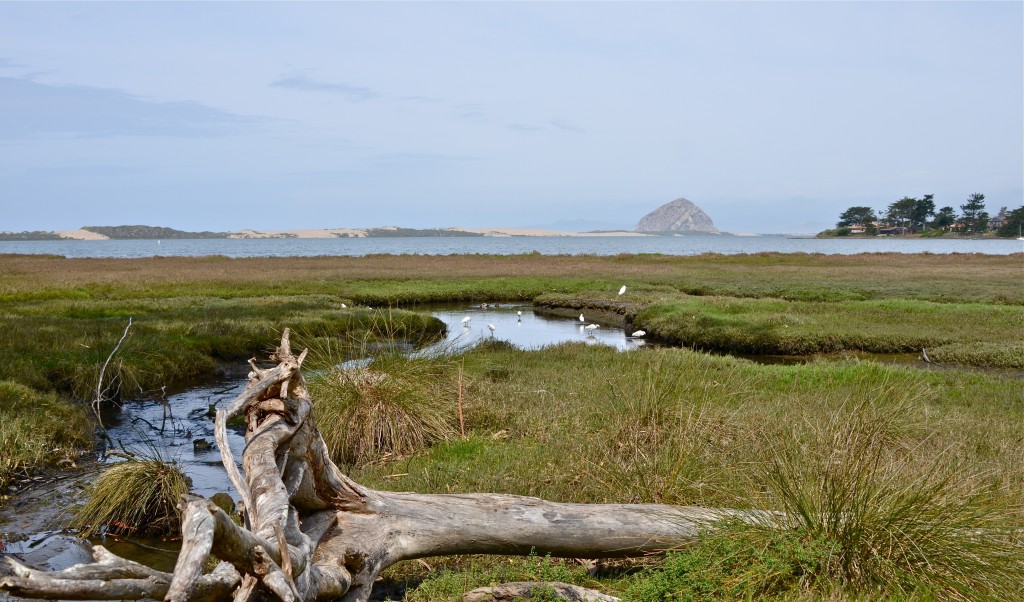Estuary, fen, mire, morass, quagmire, slough—a person could get bogged down in all the words for wetlands! These fertile places where land and water meet are as rich in language as they are in life.
Wetlands are some of the most productive ecosystems in the world; according to the USEPA, they’re comparable even to rainforests and coral reefs. Wetlands produce a bounty of plants, microbes, invertebrates, and other small lifeforms, which in turn attract larger wildlife. They provide essential habitat for waterfowl and wading birds, many of which breed, nest, and raise their young in wetlands.


The Sweet Springs Preserve in Los Osos also has some wonderful wetland areas, which attract a wide variety of birds and other wildlife.

With all the wonders that wetlands provide, it’s no surprise that there is an international day of celebration in their honor. World Wetlands Day, celebrated on February 2, has a decades-long history. It began with the acceptance of the Convention on Wetlands in 1971 and continues today with the intention of reminding people how precious these natural places are.
If you appreciate the wetland areas in Morro Bay, Los Osos, and beyond, join us in celebrating them on February 2. Take a minute to renew your Clean Water Pledge, pick up trash from the water’s edge, photograph or paint a picture of your favorite wetland scene, and share your love of wetlands online with the hashtags #WorldWetlandsDay and #WetlandsForOur Future. (Don’t forget to tag the Estuary Program, too!)